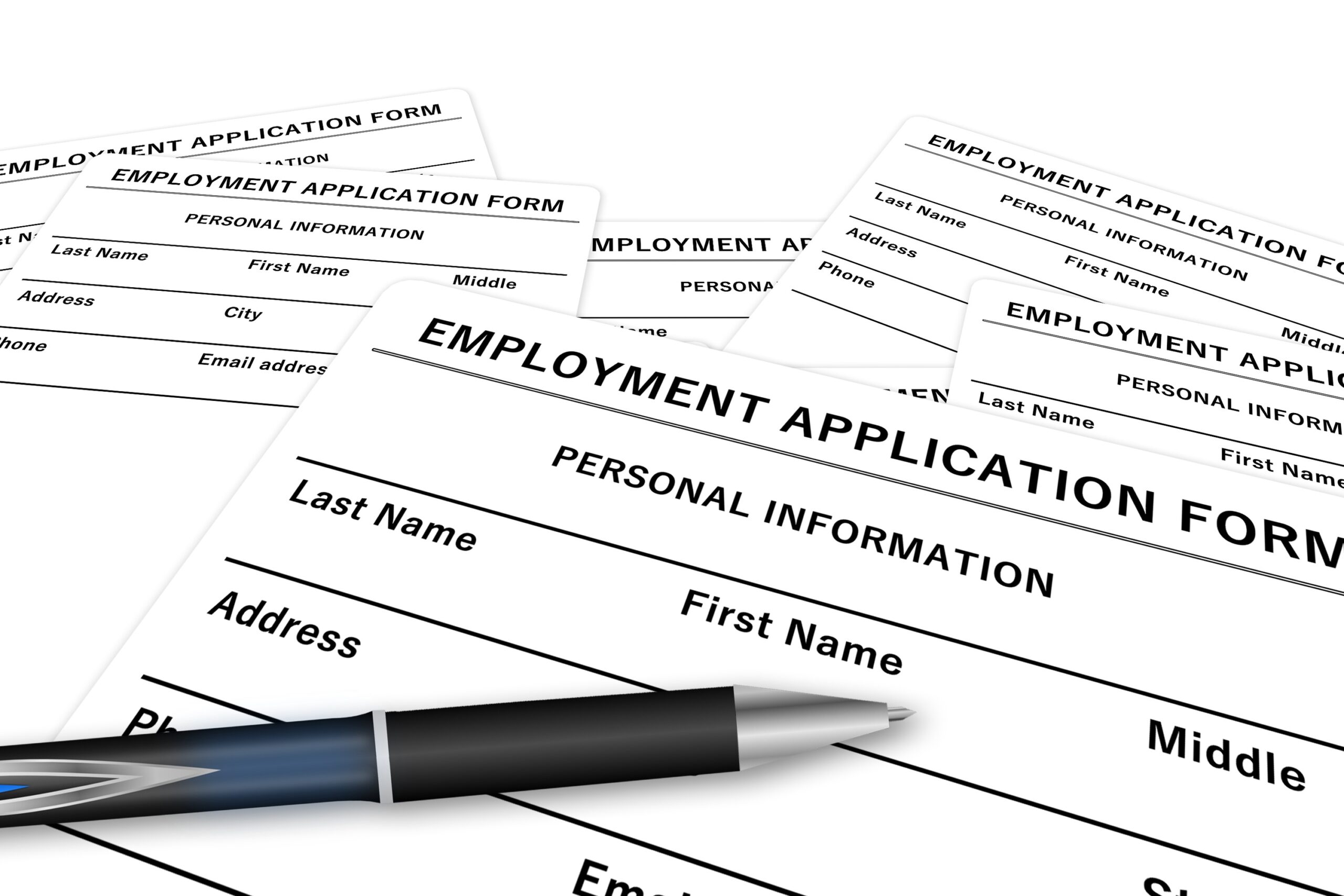GDS reveals measures taken to increase capacity include splitting traffic and investments made by the two commercial partners
Credit: Pxhere
An average of more than 11,000 people each day have been signing up for a new GOV.UK Verify account in the last two months.
According to a newly published blog from the Government Digital Service, since 16 March – the date on which strict social-distancing measures were announced – upwards of 640,000 citizens have created an account. This equates to 80,000 a week – more than double the 35,000 people that did so during a typical week before the coronavirus crisis.
The sharp uptick is due to a surge in demand for Universal Credit, with about two million new claims for the benefit being made in the last two months.
Initially, a number of claimants reported experiencing lengthy delays in the process of proving their identity via Verify, prompting the Department for Work and Pensions to invest in growing the capacity of the platform, as well as opening up access to Universal Credit via the legacy Government Gateway login system.
Related content
- DWP offers video sign language service for Universal Credit claimants
- Why have governments struggled to get it right on digital identity?
- Government Gateway to close for older browsers and operating systems
Responsibility for funding and running Verify had been due to transfer from GDS to the service’s digital identity provider partners as of the end of March. But Cabinet Office minister Michael Gove recently announced that, in light of the increased need for the platform, the government will be keeping it in house for another 18 months, and making further investments in increasing its capacity.
The ability to process new sign-ups has been further hampered by the fact that Verify now only has two remaining commercial partners issuing identities for new users: Post Office; and Digidentity.
Identities issued by Barclays, Experian and SecureIdentity can still be used to access government services for the next 12 months, but the firms will no longer be processing new sign-ups. Their decision to do so follows former partners CitizenSafe and Royal Mail having already ended their association with Verify when the government first announced in October 2018 its intention to cease funding and switch to a private sector-led model.
GDS said that the two remaining partners – particularly Digidentity – have worked hard to “scale up their systems to handle the huge increase in traffic”. The Verify team has been having daily meetings with the two firms to “to identify the main challenges and develop solutions”.
“The identity providers… put an online queue at the start of their sign-up journeys, to help them stagger the use of their services, [and] scaled up their infrastructure rapidly and significantly, so that more users could go through the identity check at once,” GDS said. “[They also] brought forward the launch of a new identity-verification method which lets users download an app to scan the chip from their passport, reducing the need for manual checks, [and] trained an extra 70 team members to carry out the manual parts of the verification process.”
Splitting traffic
Going into the lockdown period, the providers were cumulatively able to process about 25 new sign-ups per minute. This had risen to 200 people within a week, GDS said, and now stands at 400.
Following the initial surge in Universal Credit claims, GDS admitted that online queues for new Verify accounts reached 155,000 people. But, due to the increase in capacity, this had “disappeared” within a week.
“For a proportion of users, the identity provider needs to complete a manual check of their identity documents,” the digital agency added. “The wait time for these checks peaked in late March and is now down to a few minutes.”
To help manage capacity, GDS also removed users’ ability to choose which identity provider they wished to create an identity with, and instead directed users to sign up with one or other of the two companies.
“We monitored the identity providers’ capacity closely and changed the proportion of people sent to each one when needed,” GDS said. “We also made sure users who failed to verify with one identity provider were shown the other if they chose to try again.
“This approach gave the identity providers room to continue their work to scale up. We stopped splitting traffic on 23 April as we were confident that they could handle all of the traffic at once.”



